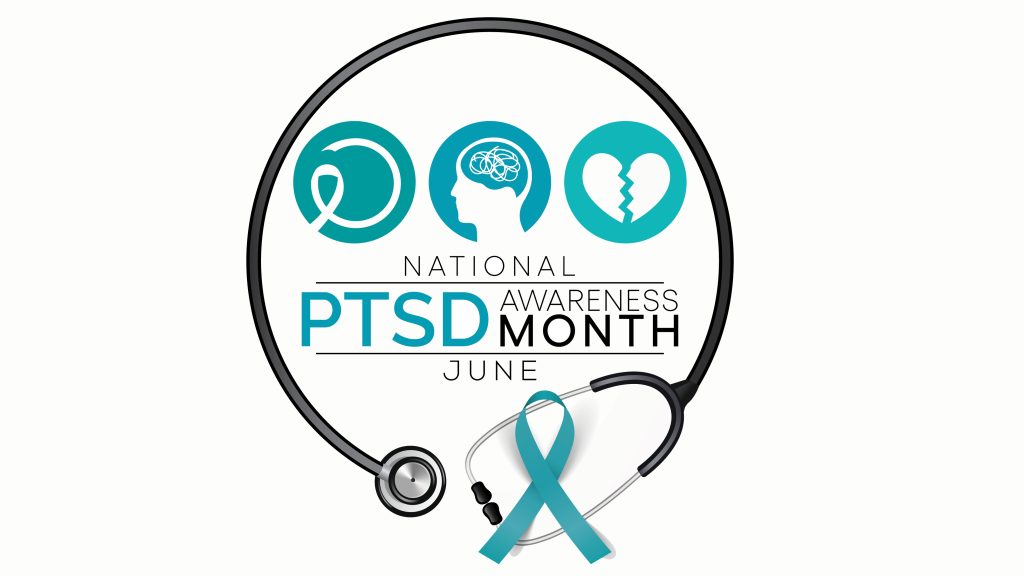Dear Colleagues,

June is posttraumatic stress disorder (PTSD) awareness month. My editor’s message for this issue is not intended to provide details on the diagnosis and treatment of PTSD. It is meant to raise awareness that nurse practitioners and other advanced practice registered nurses who provide women’s and gender-related healthcare are frontline in recognizing potential PTSD in patients and facilitating referrals for appropriate treatment. Primary healthcare providers are often the first point of contact for those with trauma-related experiences and PTSD symptoms.
About 6 of every 100 people in the United States will have PTSD at some point in their lives. Women are more likely to have PTSD than men. Individuals who identify as LGBTQ+ are at increased risk compared with their cisgender and heterosexual counterparts. Veterans are more likely to have PTSD than civilians. PTSD is highly comorbid with other mental health conditions such as depression, anxiety, and substance use disorders. Patients with PTSD experience higher rates of chronic pain, sleep disorders, anger management problems, and self-harm than the general population. Many patients are not identified and are not offered support, education, or mental health referrals.
With appropriate treatment, most people with PTSD will recover and no longer meet the diagnostic criteria.A The Department of Veterans Affairs and the Department of Defense guideline, the VA/DoD Clinical Practice Guideline for the Management of Posttraumatic Stress Disorder and Acute Stress Disorder, provides information on what primary healthcare providers can do to improve recognition of PTSD and to facilitate referrals for treatment.B That is, we can screen for PTSD, discuss the results, provide a referral, and provide educational materials and follow-up.
Because many patients with PTSD will not report their trauma experiences or related symptoms, it is recommended that healthcare providers in primary care settings routinely screen individuals for trauma-related symptoms. A trauma-informed approach to healthcare is essential. We do this by providing physically and emotionally safe environments for all patients and staff.
Not all individuals who are exposed to trauma develop PTSD. Having knowledge of the four symptom clusters associated with PTSD is key to recognizing the potential diagnosis. These include: persistent re-experiencing of the traumatic event, persistent avoidance of internal experiences or external cues that remind the person of the event, negative changes in cognition and mood following and related to the traumatic event, and presence of symptoms of increased arousal not seen before the trauma. Symptoms typically emerge within the first 3 months of the traumatic event, continue for more than a month, and significantly impair the individuals functioning in social, work, school, or other activities.C The VA/DoD clinical practice guideline provides a list of PTSD screens that can be used in the primary care setting.B
Recognition of a potential diagnosis of PTSD provides the opportunity for person-centered care. It is important to share screening results indicating possible PTSD with the patient in a supportive and nonjudgmental manner, acknowledge any reported distress, and assess for ongoing trauma and danger with appropriate safety measures initiated as needed. Let the patient know that screening results indicate they may have PTSD or trauma-related problems but these are not diagnostic. Further investigation of their symptoms by a mental health professional is recommended.
Most healthcare providers in primary care settings do not have the expertise to provide in-depth evaluation and treatment for PTSD. Mental health professionals trained in PTSD should be identified in your community or accessible to patients through telehealth. These specialists can offer additional assessment for diagnosis and treatment. Evidence supports cognitive behavioral therapy as effective in improving PTSD symptoms. Three medications (fluoxetine, paroxetine, venlafaxine) are noted to have moderate effectiveness.D
Finally, be sure to provide patients with information about PTSD and let them know there are effective treatments. If a patient does not want a referral, you can still provide educational resources and follow-up. Educational materials for patients, family, and friends are available in electronic and print versions.A
As primary care providers, we can make a difference for people living with PTSD.

Beth Kelsey, EdD, APRN, WHNP-BC, FAANP
Web resources
A.
ptsd.va.gov/index.asp
B. healthquality.va.gov/guidelines/MH/ptsd/
C. www.apa.org/ptsd-guideline/ptsd.pdf
D.
Treatment Options for People with
Posttraumatic Stress Disorder (PTSD) (pcori.org)

